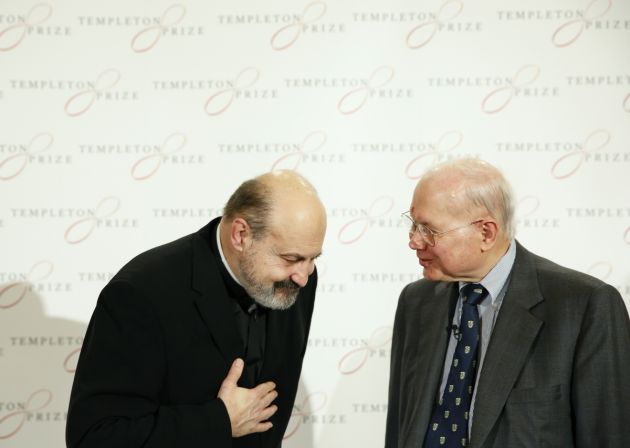Americans show trends of similar decline in religious belief to Europeans

In the past, U.S. presidential elections how religion affects the voting has often been a news headline grabber and signs remain that belief differs in the two main political parties – the Republicans and the Democrats.
The United States was often taken to be a contrary case to the general decline of religion in the West.
But this week Newsweek carried a story titled, "Are Americans becoming as godless as Europeans?"
It said that religious affiliation, church attendance and belief in God have all fallen in the United States.
The story was based on one on the London School of Economics U.S. Centre site in which David Voas and Mark Chaves find that religiosity is decreasing in the United States, and for the same reason that it has been falling elsewhere.
They comment that Americans are not becoming less religious over their lives; rather, the more religious generations born in the early 20th century are dying off and being replaced by newer generations that are less likely to be religious.
Their findings are similar to those reflected in recent research carried out on U.S. voters' attitudes by the Pew Research Center.
Voas is Professor and Head of the Department of Social Science at UCL Institute of Education, University College London. Chaves is Professor of Sociology, Religious Studies and Divinity at Duke University.
Their article is based on the paper, 'Is the United States a counterexmaple to the secularization thesis?' in the American Journal of Sociology
Taking religious belief as an example, they say only 45 percent of young adults aged 18-30 have no doubt about God's existence, compared with 68 percent of people aged 65 and over.
The overall level of belief under erosion as people born early in the 20th century are replaced by those from subsequent generations with weaker religious convictions.
The authors says that declines in traditional religiosity aren't offset by increasing vitality elsewhere.
"It's true that the 'spiritual but not religious' phenomenon has expanded in recent years. This diffuse spirituality may provide a growing market for certain kinds of religious products, such as self-help books with spiritual themes, but it isn't offsetting religious decline, re-energizing existing religious institutions, or providing a foundation for new forms of religious collective action."
RELIGIOUS DECLINES IN US SIMILAR TO EUROPE
They noted that it is not just religious decline that makes the United States similar to Great Britain, Australia, New Zealand, Canada, or most of Europe.
"It's also the way that secularization has occurred mainly, and in some cases entirely, because each successive generation is slightly less religious than the one before."
Still they say the religiosity of the United States has impressed observers since the early 19th century, and American levels of religious involvement remain strikingly high compared to those in virtually all highly developed countries.
Pew's research also notes that the U.S. religious landscape also has been shifting over the past few decades. One of the most fundamental changes has been the increase in the share of voters who do not affiliate with a religion (from 8 percent in 1996 to 21 percent in 2016).
The increase in the share of voters who do not identify with a religious group is occurring faster within the Democratic than Republican Party, moving the religious profiles of the two coalitions further apart from one another.
In 2016, nearly three-in-ten (29 percent) Democratic and Democratic-leaning registered voters are religiously unaffiliated – describing themselves as atheist, agnostic or "nothing in particular."
That is up from just 10 percent in 1996. Overall, 11 percent of Democratic voters are white mainline Protestants, 10 percent are white Catholics and 8 percent are white evangelical Protestants.
All three of these groups make up much smaller shares of all Democratic voters than they did in 1996.
Black Protestants make up 15 percent of all Democratic voters and Hispanic Catholics account for 6 percent; there has been no decline in the shares of these two groups.
Shifts in the composition of the Republican Party have been more modest and GOP voters are now even more likely than Democratic voters to affiliate with a religion than they were 20 years ago.
About a third (35 percent) of Republican voters are white evangelical Protestants, 18 percent are white Catholics, 17 percent are white mainline Protestants and 12 percent are religiously unaffiliated.
The share of GOP voters that is unaffiliated has risen six points since 1996. There has been little change in the share of all GOP voters who are white evangelical Protestants or white Catholics over the past two decades, but the share who are white mainline Protestants has declined 12 points.